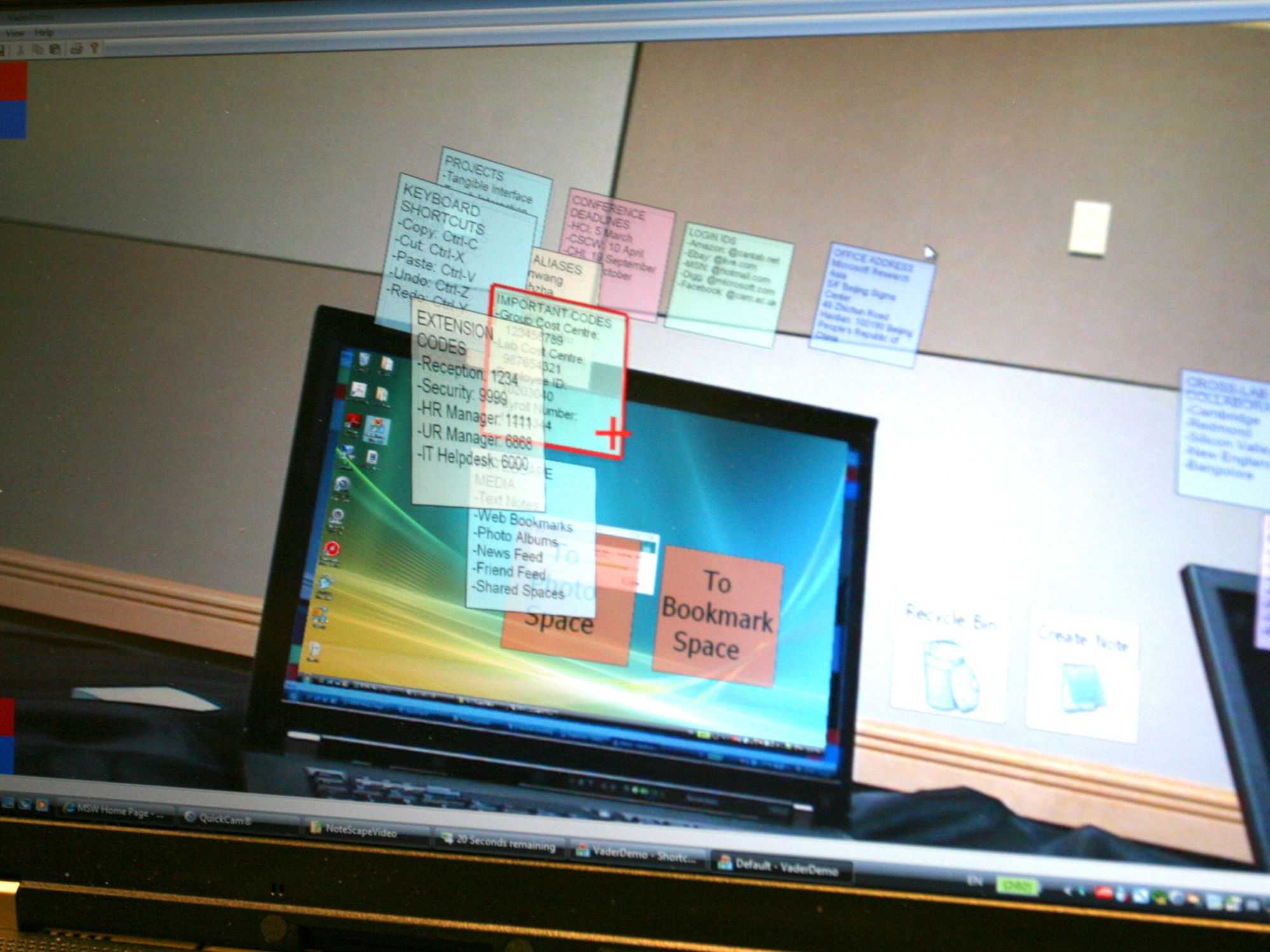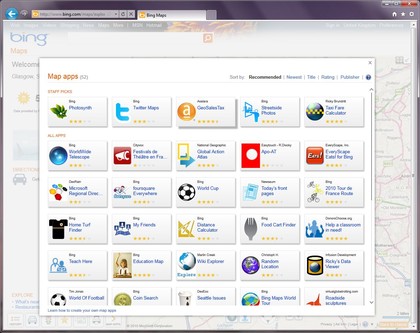
This is a sponsored article in association with Microsoft.
Reality's been around for an awfully long time, but it's still missing some key features. We can't travel through time, or read other people's minds, or see through other people's eyes. Wouldn't it be great if we could?
If you answered "yes", you're going to love Augmented Reality.
Augmented Reality, or AR for short, is a simple idea: you take the real world and stick data on top of it.
That could be useful data, such as where the nearest cash machine, tube station or decent coffee shop is, or it could be interesting data, such as people's photographs of a particular tourist trap or additional information about a local landmark. It promises the best of both worlds, Reality 2.0, and you can try it right now.
The key to Augmented Reality is location, so the best way to experience it is to use a map. If you enter a location such as Waterloo London into Bing Maps you can overlay data on the map, so for example you can see where the nearest restaurants are and narrow them down by category, or you can overlay traffic information to see which streets you should avoid.
You can also change the way the map works, switching from the traditional top-down view to a 45-degree birds-eye view that makes it much easier to work out what's where.
Sign up for breaking news, reviews, opinion, top tech deals, and more.
If you look at the bottom of the screen you'll see a button marked Map Apps. That's where the fun stuff lives: you can add data from Foursquare to show where your friends are or see what people have said about particular places, you can use Worldwide Telescope to see what stars are visible from that location, and you can take advantage of WeatherBug to see if it's going to rain on your parade.
You can even track down Banksy's artwork via the Urban Graffiti overlay, or use Photosynth to explore 3D models of places created entirely from people's photographs. Everything is delivered using Microsoft's Silverlight technology, which means navigation is smooth, zooming in is instant and all kinds of data can be added to the map.

MAP APPS: You can add all kinds of additional content to Bing Maps: friends' locations, user reviews, Foursquare check-ins and even where to find the best graffiti
The possibilities are enormous. Earlier this year, Bing Maps architect Blaise Aguera y Arcas made jaws drop at the TED technology conference when he used Silverlight to demonstrate maps that brought in people's Flickr pictures, 3D models and even live video. If you can imagine it, you can add it to a map.
What's particularly impressive about the technology is that you don't even need a computer to use it - and that's where things get really interesting.

BEER HERE: By adding data to the real world, Augmented Reality offers the best of both worlds. Here, we're using cutting edge technology to find pubs
The new generation of Windows Phone smartphones support the same Silverlight technology that Agueara y Arcas used during his TED talk, and that means Augmented Reality will be available wherever you happen to be.
You probably won't be using it by typing addresses into a browser, though. Many mobile phones now include GPS (Global Positioning System) receivers and compasses, so they know where they are and in what direction they're pointing at.
That means AR applications could use your phone's camera as an input device, overlaying data - images, video, comments or anything else you might want - over live footage of whatever you're pointing your phone at.
Augmented Reality can even turn the real world into a game: last year, Microsoft Research created an AR treasure hunt, where users followed arrows and floating bubbles that appeared over real-world images in their mobile phone screens.

ADD LAYERS: You can add anything you like with Augmented Reality: in this screengrab, the application is streaming live video from a smartphone
The amazing thing about mobile AR is that it simply wasn't possible just a few years ago. Mobile phone processors weren't powerful enough to process the data, screens weren't big enough to show the details, GPS chips weren't widely installed and most importantly of all, mobile phone networks weren't fast enough or reliable enough for data.
That's all changed, and it's continuing to change with ever more powerful phones that put an incredible amount of power into your pocket.
If you think today's smartphones are pretty smart, you ain't seen nothing yet.
The TechRadar hive mind. The Megazord. The Voltron. When our powers combine, we become 'TECHRADAR STAFF'. You'll usually see this author name when the entire team has collaborated on a project or an article, whether that's a run-down ranking of our favorite Marvel films, or a round-up of all the coolest things we've collectively seen at annual tech shows like CES and MWC. We are one.